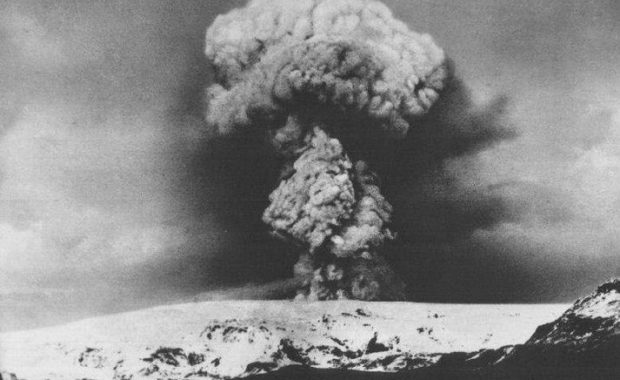
A group of Icelandic and British geologists have recently finished a research mission studying gas emissions from the volcano. The studies showed that Katla is emitting enormous quantities of CO2. The volcano releases at least 20 kilotons of C02 every day. Only two volcanoes worldwide are known to emit more CO2, Evgenia Ilyinskaya a volcanologist wit with the University of Leeds told the Icelandic National Broadcasting Service RÚV.
These enormous CO2 emissions confirm significant activity in the volcano, Evgenia told RÚV: "It is highly unlikely that these emissions could be produced by geothermal activity. There must also be a magma build up to release this quantity of gas."
She points out that more studies are needed to determine if the gas emissions from Katla are stable, or if they are increasing. "It is well known from other volcanoes, for example in Hawaii and Alaska, that CO2 emissions increase weeks or years ahead of eruptions. This is a clear sign we need to keep a close eye on Katla. She isn't just doing nothing, and these findings confirm that there is something going on."
The scientists also detected significant quantities of methane and hydrogen sulfite. These gases can be present in dangerously high quantities where the rivers Emstruá and Múlakvísl emerge from beneath the glacier. People should show extreme caution when exploring ice caves in Mýrdalsjökull.



Reader Comments
to our Newsletter